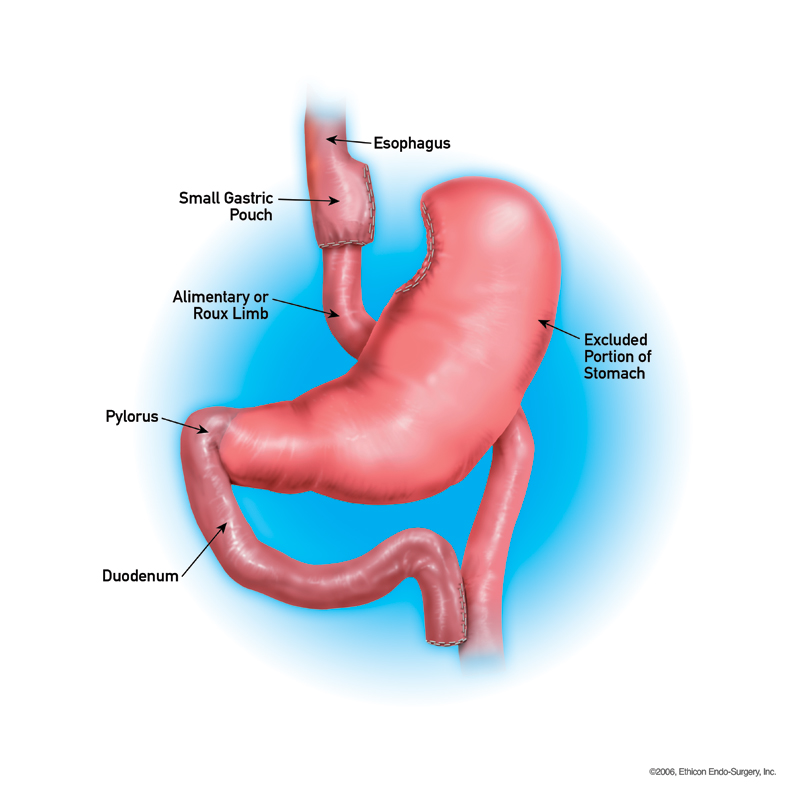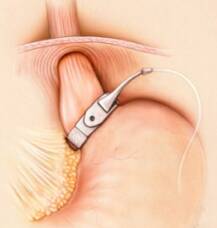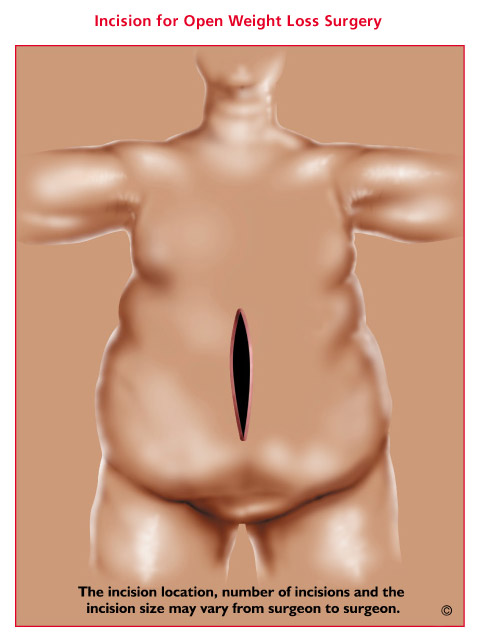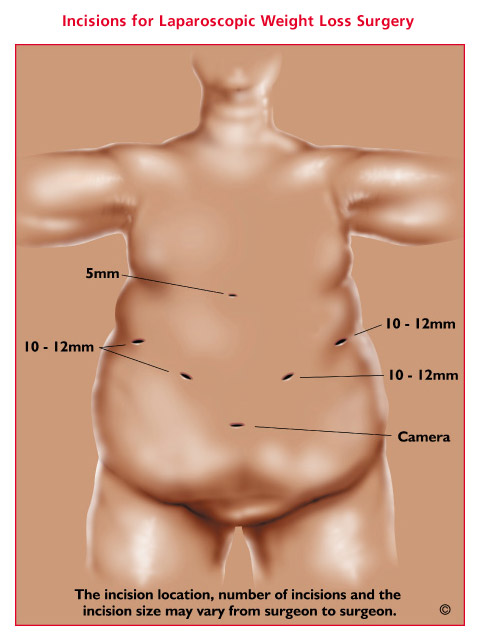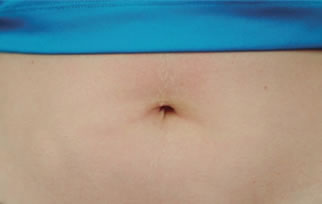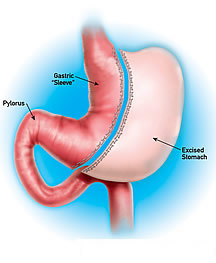COPYRIGHT 2009 ADVANCED LAPAROSCOPIC SPECIALISTS.COM
Minimally Invasive Surgical Approaches
Laparoscopic surgery compared to open surgery: In the laparoscopic approach, surgeons use very small incisions and a laparoscope (a fiber-optic tube and a small video camera which shows the abdominal organs on a TV monitor) to perform the surgical procedure. These laparoscopic procedures offer benefits to the conventional open surgery including:
- Less Pain
- Less noticeable Scars
- Shortened Hospital Stay
- Shortened Recovery Time
- Reduced Risk of Infection
- Fewer Complications
Single Incision laparoscopic surgery (Also known as SILS) now makes it possible in some instances to perform the entire surgery through one small laparoscopic incision in the belly button. The benefits to patients includes the possible elimination of visible scars and less pain. SILS is being used today to perform many common surgical procedures including weight loss surgery (gastric banding), gallbladder removal, appendix removal and many other procedures.
Laparoscopic Sleeve Gastrectomy, Laparoscopic Gastric Bypass and Laparoscopic Gastric Banding Surgery are now the most common weight loss operations performed. It's estimated in 2008 approximately 200,000 gastric bypass surgeries were performed in the United States. Gastric banding has been performed in the United States since FDA approval in 2001 and in Europe and Australia since the 1970's. Currently increasing in popularity, laparoscopic sleeve gastrectomy surgery, offers patients another option in surgical weight loss. Below is a brief explanation of each type of operation.
-Laparoscopic Gastric Bypass ( A combined restrictive and malabsorptive procedure)
With laparoscopic techniques, the bariatric surgeons staple across the top portion of the stomach to create a very small stomach pouch. They then connect the new stomach pouch to the small intestine, bypassing some of the upper and more absorptive part of the small intestine. Combined, the surgery reduces the amount of food eaten as well as decreases absorption of the food and calories consumed. The video below demonstrates laparoscopic gastric bypass surgery.
-Laparoscopic Adjustable Gastric Banding (A restrictive procedure)
LAP-BAND® or Realize Band®
Gastric banding is specially designed to limit food consumption in severely obese patients. When placed around the patient's stomach, the saline-filled band forms a small gastric pouch and stoma. Inflation of the band can be adjusted to control the amount of food a patient can comfortably consume.
Laparoscopic placement through very small incisions negates the need for a large, open incision. Placement does not involve cutting or stapling of the stomach. The minimally invasive nature of gastric band means patients are generally able to resume their regular activities soon after surgery. Many patients are discharged to home as early as the same day of the procedure.
Stoma, or outlet size, can be changed post-operatively to help control food intake and weight loss by changing the amount of saline in the band through a subcutaneous access port under the skin. This eliminates the need for additional surgery for band adjustments and many patients can have their bands tightened during an office visit.
-Laparoscopic Sleeve Gastrectomy (A restrictive procedure)
Laparoscopic sleeve gastrectomy is a surgical weight-loss procedure in which the stomach is reduced to about 15% of its original size, by surgical removal of a large portion of the stomach to form a sleeve or tube with a banana shape. The procedure permanently reduces the size of the stomach. Data on average weight loss with sleeve gastrectomy is comparable to other surgical weight loss procedures. With sleeve gastretctomy there is no re-routing of the intestines and no post operative adjustments are necessary.
Preparing For Bariatric Weight Loss Surgery
Prior to admission to your surgery, your surgeon will refer you for pre-operative tests and lab work. You may be asked to stop smoking as early as one month prior to surgery. In addition, you may be told to stop taking aspirin or arthritis medications as they can slow the clotting of blood. The day before surgery you should drink plenty of fluids and have nothing to eat or drink after midnight.
Day of Surgery
Specialized nursing care and monitoring will be provided by nurses who work closely with our surgeons and are specially trained to care for patients recovering from weight loss surgery. Depending on the procedure you have, you may be discharged to home as soon as the same day of your surgery.
Post-Operative
You will be closely monitored after your surgery. Your doctor will likely encourage you to be up and walking as soon as possible to help your circulation.
After surgery, you will start on a liquid diet and then transition to a regular diet, as instructed by your doctor and nutritionist. You will be given a diet instruction manual on your initial visit with our nutritionist.
Laparoscopic surgery patients may be discharged as soon as the same day of surgery. Ask your doctor what you can expect. Your surgeon will discuss a post-operative plan with you, which is essential to the long-term maintenance of your weight loss. This may include referrals to nutritionists, exercise programs, psychotherapists and/or support groups. On discharge from the hospital you will be given specific written instructions about your activity, diet, exercise, return to work, lifting, driving, medications, etc.
What Results Can You Expect?
After weight loss surgery, the amount you can eat before feeling full is significantly reduced. Before your surgery you will be provided a complete packet on your post operative diet by our nutritionist. Some patients may experience difficulty tolerating red meat, chicken and sweets after surgery. Nearly all patients see a significant improvement in how they feel. Your weight loss will depend on the type of surgery you had and how soon after your surgery you are. Surgery is associated with risks.
Long-Term Follow-Up
Although the short-term and long term benefits on overall health are well proven, over time you will need periodic checks for anemia (low red blood cell count) and Vitamin B12, folate and iron levels. Follow-up blood tests are to be conducted yearly and can be perfromed by your primary care physician or through our office.
Birth Control & Pregnancy
Studies have shown that bariatric surgery has positive effects on fertility and reduces the risk of gestational diabetes and preeclampsia. Women of childbearing age should continue to use birth control during the first 18 months after weight loss surgery before attempting to become pregnant.
Weight loss surgery has shown to improve or resolved co-morbid medical conditions in most patients. Many patients find they no longer need medications for diabetes, high blood pressure, sleep apnea, arthritis and back pain. Most patients report an increase in self-esteem and self-confidence and an improvement in their overall quality of life.
Weight loss surgery has given many individuals a new lease on life. The amount of weight you lose will depend on the type of surgical procedure you have and how committed you are to the required lifestyle changes, including exercise and eating habits. Your age, sex and initial weight at the time of surgery may also affect surgical outcomes.
Laparoscopic Incisions
Conventional Open Incisions
Weight loss surgery options (Bariatric surgery):
Gastric Bypass, Gastric Banding and Sleeve Gastrectomy
Starting to Prepare
Advanced Laparoscopic Specialists
--------------------------
Experienced Surgeons Personalized Care








